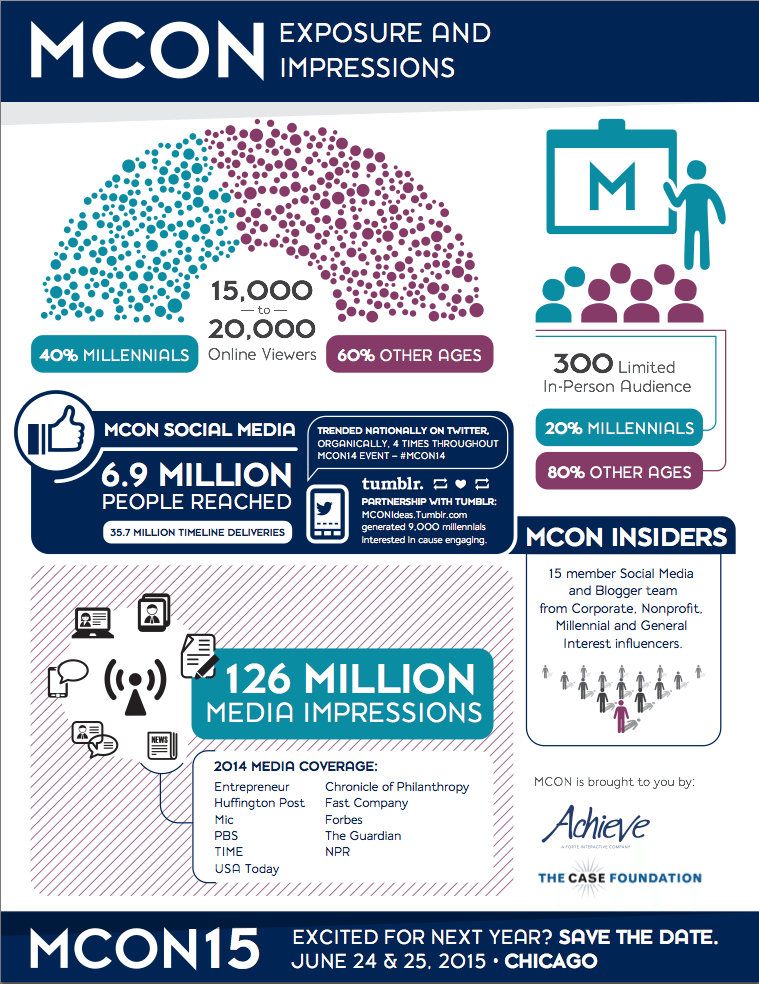The Super Bowl is known for many things: viewing parties, snack-foods, good football and over-the-top commercials. This year mixed in among the slapstick, automobile-themed and big-budget celebrity ads, an estimated 184 million viewers watched advertisements infused with messages of social good that ushered in a significant change in tone that I hope is here to stay. Many of the commercials led with feel good themes and positive messages that called attention to important social issues.
Reflecting on the last few years of Super Bowl commercials, it appears that we are in the midst of a quickly growing movement driven by consumers against commercials that in general pander to male stereotypes, objectify women and broadcast negative messages. What once used to be a “can’t lose formula” for Super Bowl advertisements and marketing in general is rapidly losing favor among viewers—no matter how humorous or cleverly produced the end product may be.
So what might account for this shift? And what does this mean for consumers?
1.) It’s Good Marketing. Not to overstate the obvious here, but when you’re up against so many other messages, especially those that tend to employ humor and celebrities, a more thought provoking message can help one stand out in the crowd and help viewers forge a stronger memory of your brand. What better message to leave with viewers than that of “we stand for something important that matters to you?”
At $4 to $4.5 million per spot, I assume that advertisers would want the most bang for their buck. “According to the National Retail Federation, “while more than three-quarters (77.1%) of viewers say they look at Super Bowl commercials as entertainment, others feel that the commercials make them more aware of the advertiser’s brand (20.1%).” Moreover, “nearly one-third (41.3 percent) of those planning to watch say that the most important parts for them are the commercials and hanging out with friends and family.”
Check out Coca-Cola’s “#MakeItHappy” ad that addresses cyber-bullying:
Coca-Cola and other brands (e.g., McDonald’s) have promoted themes such as “happiness” and “ togetherness” for many years, so for viewers this feels like an authentic, natural and smart extension of the brand. By addressing topical and current issues such as cyber-bulling in this format, Coca-Cola has opened the door for deeper engagement with consumers.
2.) The Numbers Don’t Lie. Rule number one when producing any piece of marketing content—know your audience. The stereotype has been that when marketing during the biggest football game of the year one should target men. However, last year, Nielsen reported that “46 percent of the Super Bowl viewing audience is female, and more women watch the game than the Oscars, Grammys and Emmys combined.” Many of the commercials this year featured powerful female role models and messages that were clearly designed to resonate with female audiences.
Check out Toyota’s “How Great I Am” ad featuring actress, athlete and business woman Amy Purdy:
Toyota and brands (e.g., Microsoft) are smart to invest in their female audiences at this level. Women control “the bulk of the purchasing decisions for consumer goods in the U.S., they’re also likely to influence or manage many other big ticket purchases—homes, autos, appliances, furniture, etc.—not to mention a large portion of the apparel, groceries and everyday purchases” according to Nielsen.
3.) The Millennials are Forging the Way. It’s no secret that the next generation of consumers is the Holy Grail for companies and advertisers. At 80 million strong and in control of more than $200 billion in annual buying power (U.S. Chamber of Commerce Foundation), Millennials are currently setting the tone for engagement with companies and their products.
Through our work on the Millennial Impact Project over the last five years during which we’ve surveyed thousands of Millennials in partnership with Achieve, we’ve noticed a number of trends that are quickly becoming integrated into branding, messaging, employment strategies, and now, Super Bowl commercials.
- Millennials engage with causes to help other people, not institutions.
- Millennials support issues rather than organizations.
- Millennials are influenced by the decisions and behaviors of their peers.
Watch for these themes and preferences of Millennials become increasingly prevalent in future marketing efforts as companies (and other organizations) aim to forge new ties to this generation of consumers. Check out Always’ “#LikeAGirl” ad:
No matter which team you were rooting for, consumers ended up winning because of the shift towards social good in this year’s commercials. This change didn’t happen overnight and there is still more progress to be made, but it’s a step in the right direction. As consumers continue to respond positively toward corporate efforts to be a force for good, we will see similar messaging integrated into all other aspects of a corporation—not just advertising and that’s when we all win.
One of the most talked about ads this year was produced by NoMore.org to raise awareness about domestic violence. DoSomething.org produced a timely piece addressing the commercial’s impact that is worth a read.





